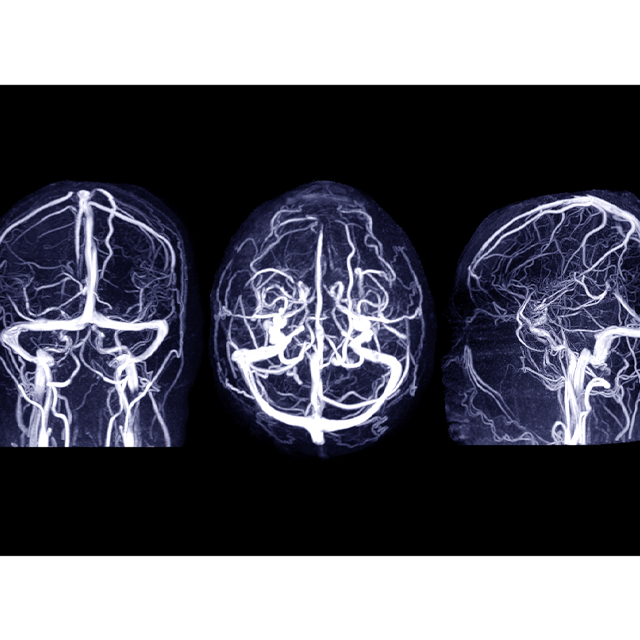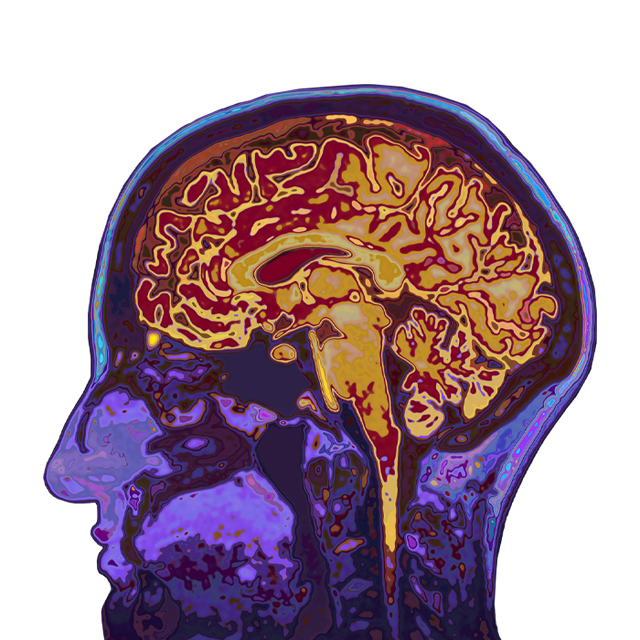Among the traumas of COVID-19, some silver linings can be found. One is the increased use of telemedicine, says Preeti Raghavan, director of the Center of Excellence for Treatment, Recovery and Rehabilitation at the Sheikh Khalifa Stroke Institute at The Johns Hopkins Hospital. But there’s still plenty of room for improvement in all aspects of care for patients with stroke. Through her research, Raghavan promotes the proper design and deployment of technology to help fill the gaps that exist in the continuum of care for such patients.
Today’s Technology
Raghavan knows what it takes to develop effective technology. To help those who have lost mobility in one arm, she and her team designed an FDA-cleared, Class I-exempt device that primes the muscles of the paralyzed arm to start working, while simultaneously preventing muscle stiffness from lack of movement.
She also uses cutting-edge technology to learn more about patient symptoms, track their progress and develop new therapeutic approaches. Some of her earlier research, using the MRI technique mono-exponential T1rho (T1ρ) mapping, showed that glycosaminoglycan hyaluronan accumulates — and can be visualized and quantified — in stiffened upper arm muscles.
A recent pilot study, published in Nature Scientific Reports, uses bi-exponential T1ρ mapping and shows how the enzyme hyaluronidase lessens muscle stiffness. The hyaluronidase injection reduced the amount of hyaluronan and released the water entrapped by the hyaluronan molecules in the muscles, allowing the muscles to relax and regain their shape. To confirm these findings, a phase II clinical trial is underway at Johns Hopkins to treat muscle stiffness after stroke using the injections.
Designing Future Technology
When it comes to creating new technology, Raghavan insists that it fit into the grand scheme of recovery. “Tech companies are constantly creating new rehab technology,” she says, “but they aren’t paid for by insurance and they aren’t deployed in a systematic way like drugs are.”
A few years ago, while at New York University, Raghavan and her team began a qualitative study to gain insight into how to better incorporate technological solutions into clinical practice. They interviewed physicians and therapists in various stroke rehabilitation settings. Then they searched for common themes.
Four barriers to quality stroke rehabilitation, abbreviated as A3E, were identified and can be used as a framework for new technology design.
· Accessibility: Patients are often unaware of rehab options; therapists are rarely afforded enough time with patients; and continued rehab is generally not reimbursed by insurance companies.
· Adaptability: Available solutions often serve a narrow niche of patients. Good technology must be adjustable in its complexity and challenge level, so it can meet the changing needs of patients with different combinations of physical, cognitive and psychosocial impairment.
· Accountability: Home-based rehabilitation can only be successful if practiced consistently. Technology can help by providing usage statistics to the medical team.
· Engagement: To keep patients motivated, it helps to incorporate social interaction, enable them to set personally meaningful goals, and allow them to see their progress over time.
When COVID-19 hit, Raghavan and her team at Johns Hopkins began implementing telerehabilitation across the continuum of care, using the A3E framework as their guide. A recent article, published in the American Journal of Physical Medicine & Rehabilitation, details their successful deployment of the technology and the lessons they learned while expanding their telerehabilitation visits from zero to over 39,000 in a little more than one year. They believe the expansion and endurance of these practices beyond the pandemic can benefit hundreds of thousands of patients each year.


